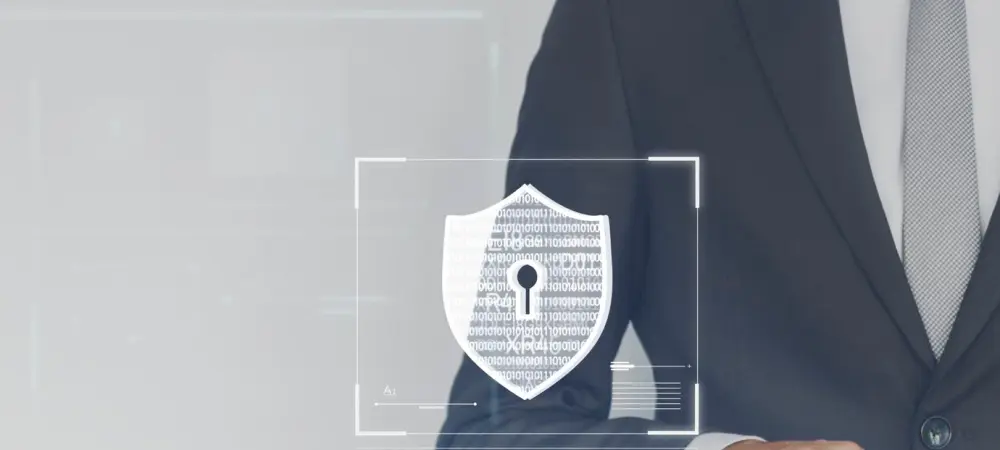In the ever-evolving landscape of technology, Chief Information Officers find themselves grappling with challenges that extend beyond their professional hours into the realm of their subconscious. Recent trends indicate that more than 60% of workers, including CIOs, report having work-related nightmares, a significant statistic revealed by a comprehensive survey involving 1,750 U.S. workers. These nocturnal disruptions predominantly mirror acute stressors associated with their roles, notably in ensuring compliance with regulations, managing complex security threats, and rapidly adjusting to technological shifts. This trend not only underscores the inherent stress in these positions but also highlights the pivotal need for balancing short-term solutions with long-term strategic planning.
Stress-Inducing Factors in Today’s Technology Leadership
Navigating Complex Regulatory and Revenue Dynamics
Increased vigilance towards regulatory compliance and revenue protection presents a profound concern for CIOs across industries. High-profile leaders like Ann Funai have cited these elements as critical fear-inducing aspects, potentially leading to reputational and operational risks. The fast-paced integration of AI threatens to escalate these pressures, introducing potential pitfalls if precision and careful planning are not adequately maintained. The necessity to balance quick technological adoption with the safeguarding of foundational systems becomes paramount in mitigating regulatory pitfalls.
Data Security and Technological Vulnerability Threats
A central theme that keeps technology leaders awake is the escalating threat landscape characterized by evolving cyber threats and malicious activities. CIO Carter Busse vividly illustrates this concern, stressing the proliferation of advanced phishing schemes harnessing AI capabilities and vulnerabilities in human behaviors. To counter these threats, AI-driven tools like SOAR frameworks have become indispensable in facilitating swift, automated responses to potential cyber incidents. This adaptation not only addresses current vulnerabilities but also builds a resilient line of defense against evolving future challenges.
Perspectives from Respected CIOs
Strategic Adaptation Amidst Market Uncertainty
Amidst unpredictability in global markets, CIOs like Mike Vance identify and exploit controllable elements to navigate through periods of uncertainty. Emphasis on refining internal operations for agility and efficiency has emerged as a strategic approach to not only surviving but thriving amidst fluctuating market conditions. While daunting, these challenges offer a unique opportunity for technology leaders to enhance organizational resilience and foster proactive adaptability, lessening the burden of stress and providing clarity in mission-critical decision-making.
The Role of Nightmares in Driving Growth
Although often distressing, nightmares borne from professional stress can serve as a catalyst for growth and improvement. They function as a vital psychological tool, prompting technology leaders to reassess risks and develop improved strategies. Such nocturnal reflections push CIOs toward innovative solutions that bolster organizational frameworks and fortify against perceived future threats. Ultimately, these experiences pave the way toward refining leadership approaches and fostering a more robust security posture.
Future Directions for Technology Leadership
Looking ahead, the increasingly intricate role of CIOs necessitates a dynamic and forward-thinking approach to technology integration. Focusing on emerging trends, AI, and automation represents a dual-edged sword, demanding strategic foresight to maximize benefits while mitigating foreseeable risks. Moving forward, the emphasis should center on fostering environments conducive to innovation without compromising the reliability of core information systems. This forward momentum serves not only to protect critical assets but also aligns organizational operations with future technological advancements.
Concluding Insights and Lessons for Today’s CIOs
The evolving nature of technological threats and innovations, while intimidating, has been pivotal in honing the strategic acumen of CIOs. Past experiences of stress-induced nightmares catalyze the need for continuous adaptation, urging leaders to brace for change while adhering to high standards of security and foresight. Moving forward, embracing calculated risk-taking and nurturing imaginative solutions will be vital in transforming potential nightmares into indispensable stepping stones for professional and organizational growth. Through such visionary practices, technology leaders are better poised to guide their organizations securely into the future.

